The Difference Between Quartz Sand and Calcite
Calcite
Calcite belongs to the hexagonal crystal system and is the most important carbonate mineral. It has a thorough rhombohedral cleavage, glass luster, and transparent to semi-transparent. Generally white or colorless, with many other colors, white streaks, hardness 3.0, specific gravity 2.71, soluble in dilute hydrochloric acid and foaming, pure and transparent called Iceland Spar, with strong birefringence And thorough cleavage. The main deposits of limestone, marble, and beautiful stalactites are calcite. Travertine can be deposited in spring water, and secondary minerals are often found in igneous rocks. In the almond cavities of basalt flow, the cracks of sedimentary rocks are often filled with calcite to form fine veins, or through biological action, shells, or Rocky method output.
Use and Origin
Because of its birefringence, Iceland’s stone is often used in polarizing prisms. If it is cut into columns by a certain method, it can be used as the prism of a microscope to detect the optical properties of mineral deposits. Its quality requirements must be colorless and transparent, without internal Bubbles or cracks, no twin crystals or distortion, 0.5 inches (12.5mm) cubic or more. Generally, calcite is used in chemical, cement, and other industrial materials. Calcite is found in the crystalline limestone on the eastern slope of the Central Mountain Range, the Tertiary and Quaternary limestone in the west, and the Jinguashi gold-copper deposit.
Calcite is a kind of calcium carbonate mineral deposit, and it is the most common natural calcium carbonate. Therefore, calcite is a widely distributed mineral deposit. The crystal shapes of calcite are varied, and their aggregates can be clusters of crystals, granular, massive, fibrous, stalactite, earthy, and so on. Many square pieces can be obtained by hitting calcite, hence the name Fangjie. The color of calcite changes due to the impurities contained in it, such as light yellow, light red, brown-black, and so on when it contains iron and manganese. But generally, it is white or colorless. The colorless and transparent calcite is also called Bingzhou stone. This kind of calcite has a wonderful feature, that is, two layers of images can be seen through it. Therefore, Iceland stone is an important optical material. Calcite is the main deposit of limestone and marble and has many uses in production. We know that limestone can form caves. The stalactites and stalagmites in the cave are made of calcite.
Quartz
Silica is a mineral resource with very stable physical and chemical properties. The crystal belongs to the oxide deposit of the trigonal crystal system, namely low-temperature quartz (a-quartz), which is the most widely distributed mineral resource in the quartz group of minerals. Quartz in a broad sense also includes high-temperature quartz (b-quartz). Quartz block, also known as silica, is mainly used to produce quartz sand (also called silica sand), as well as quartz refractory material and firing ferrosilicon.
Use
Veined quartz, quartz sand, quartzite, sandstone, silica, opal, diatomite, etc. used in daily ceramic materials, rice shell ash is also rich in SiO2. The appearance of quartz is often white, milky white, gray, and semi-transparent, with Mohs hardness of 7, glass luster or fat luster on the broken surface, and the specific gravity varies from 2.22 to 2.65 depending on the crystal type. Like ordinary sand and crystal, it is a kind of substance that “emerges from the mother’s womb.” When silica crystals are perfect, it is crystal. After silica gelation and dehydration, it becomes agate; when the water-containing colloid of silica is condensed, it becomes opal; when the silica crystal grain is less than a few microns, it forms chalcedony, flint, and secondary quartzite.





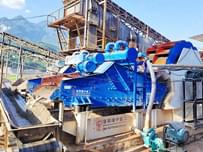

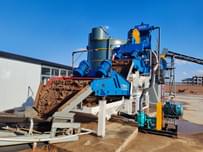

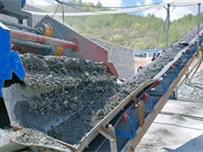
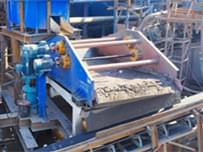
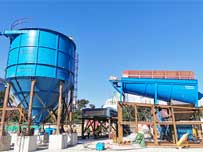
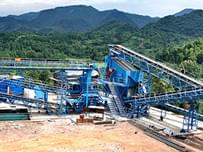




Send Message
Please write down your requirement and contact details in the following form. You can also send a message to us by this email export@lylzzg.com, we will reply to you within 24 hours.